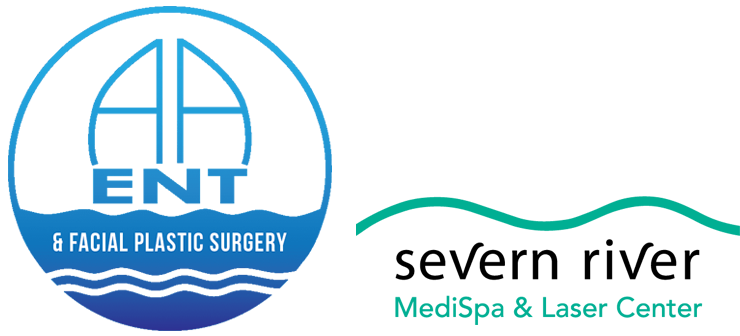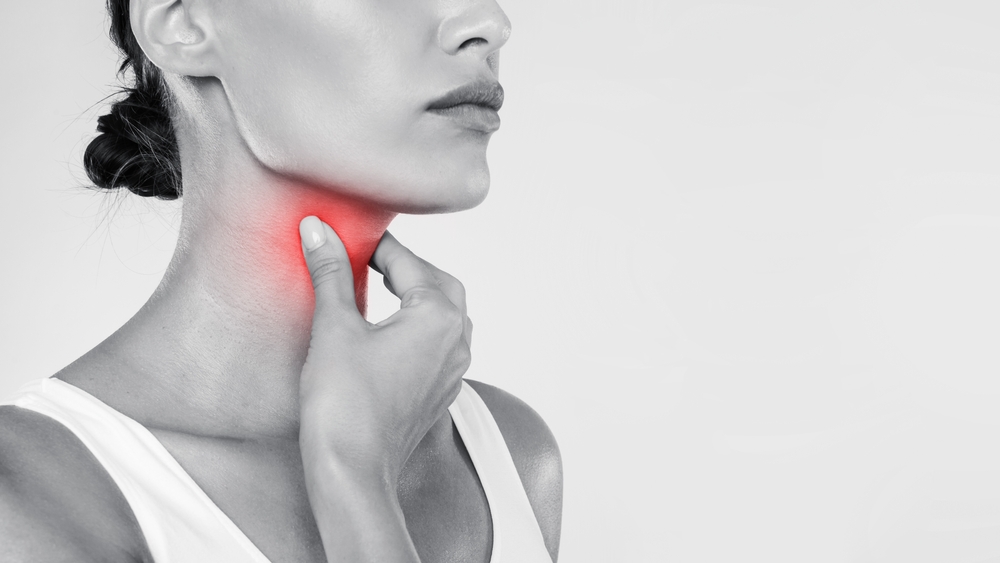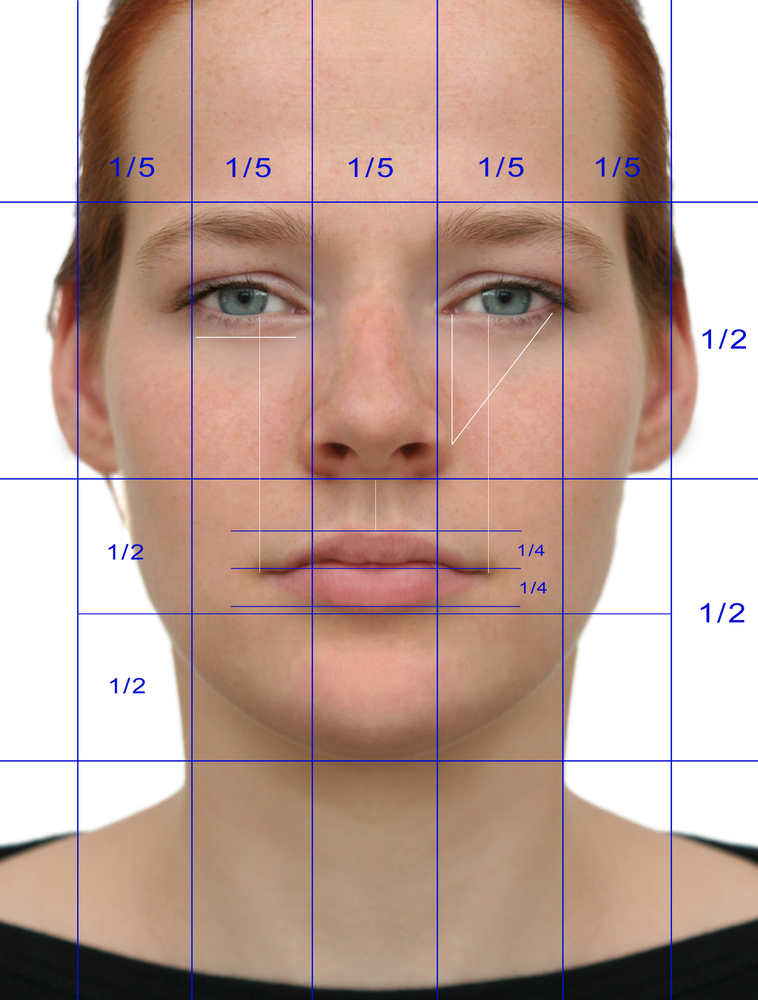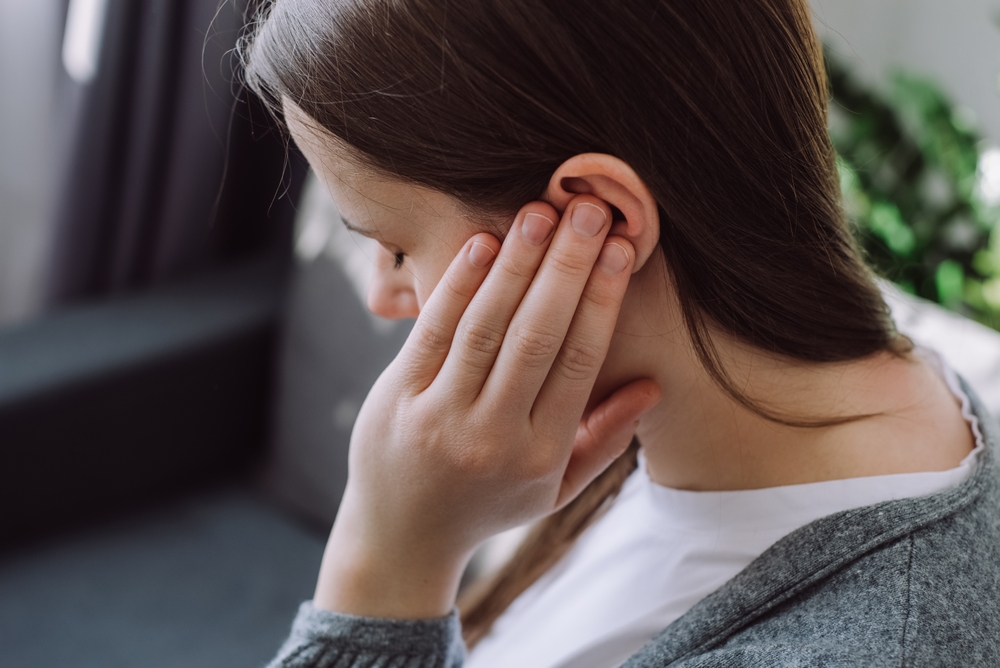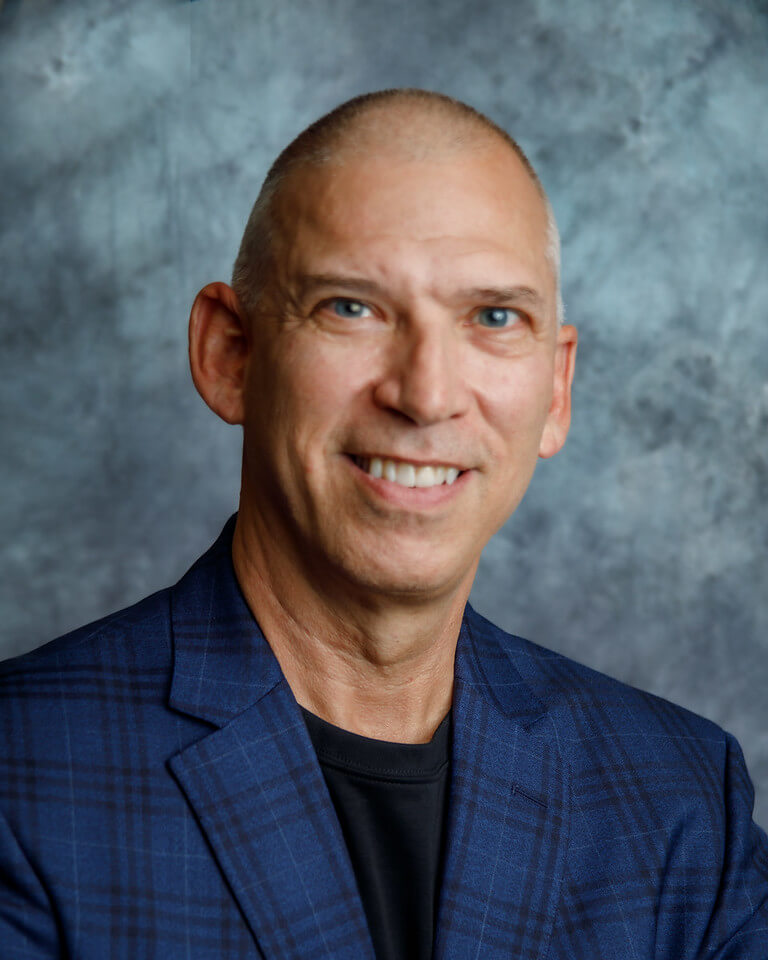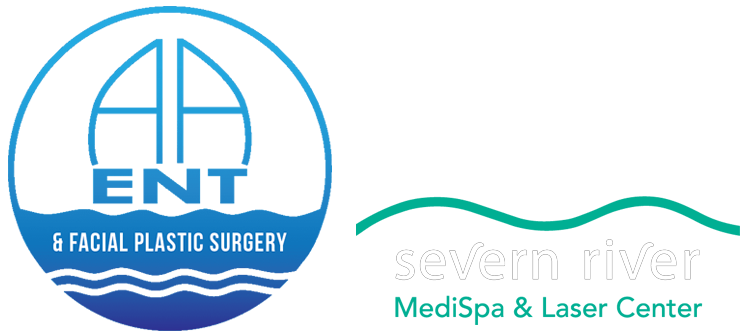Genioplasty, also known as chin surgery or mentoplasty, is a cosmetic procedure designed to enhance the appearance and balance of the chin and lower facial region. Whether you’ve opted for a reduction or augmentation genioplasty, the decision to undergo this procedure is a significant one. Alongside the excitement, it’s crucial to be prepared for the recovery process and the changes you’ll experience. In this blog, we’ll delve into what you can expect after having a genioplasty.
Immediate Postoperative Period
After your genioplasty, you’ll be closely monitored in the recovery area as you wake up from anesthesia. Your surgeon will likely provide you with pain medication to manage any discomfort. It’s common to experience some swelling, bruising, and even mild pain immediately after the surgery. Your chin area might feel tight due to the surgical adjustments, but this sensation should gradually improve as you heal.
Swelling and Bruising
Swelling and bruising are natural responses to surgery and usually peak within the first few days post-operation. Applying cold compresses and keeping your head elevated can help minimize swelling. Over the following weeks, the swelling will gradually subside, revealing the refined contours of your chin.
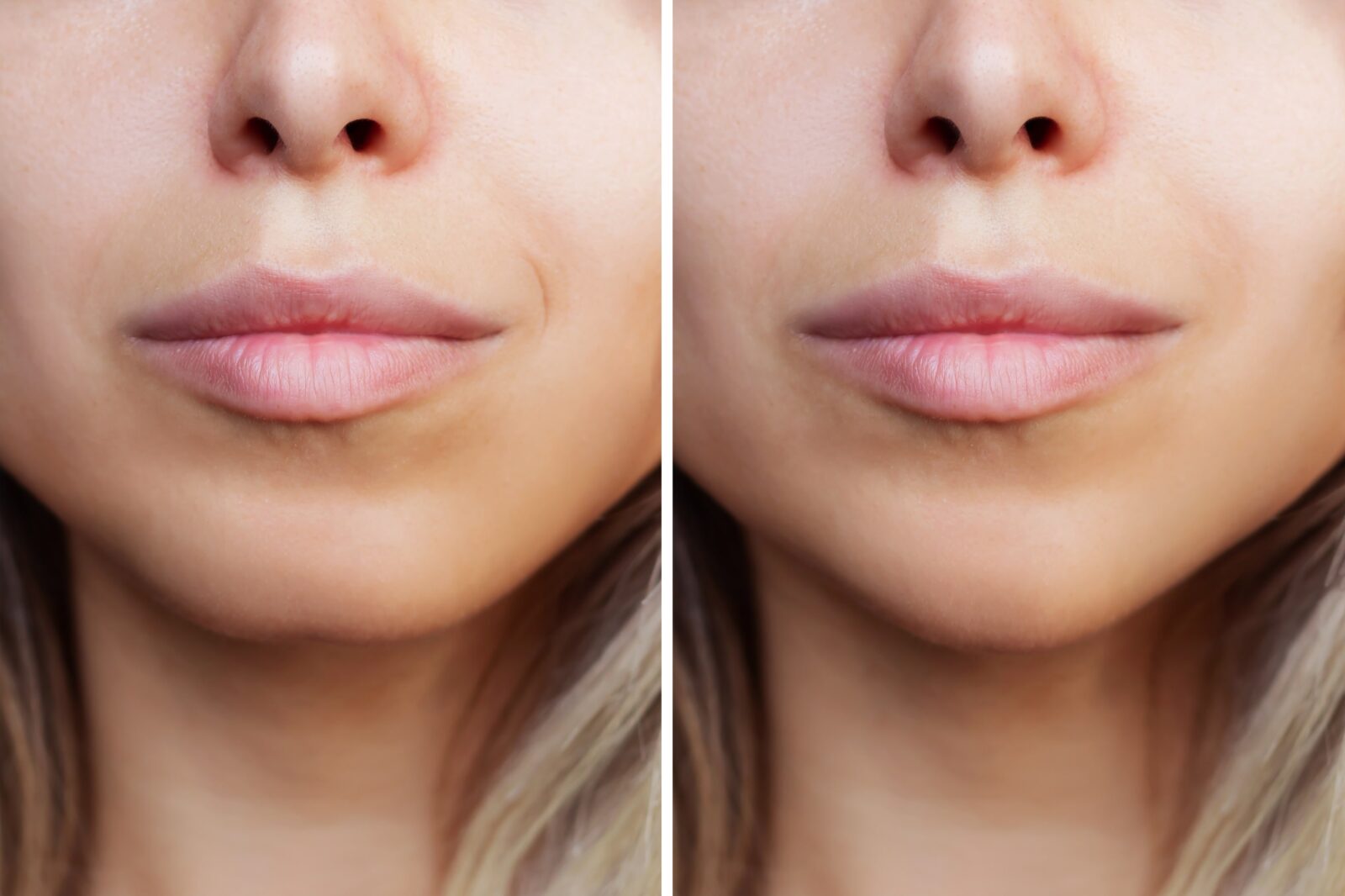
Pain Management
While pain levels vary from person to person, most individuals describe the pain after genioplasty as manageable and akin to soreness. Your surgeon will prescribe pain medications to keep you comfortable during the initial days. As time passes, you’ll likely transition to over-the-counter pain relievers.
Diet and Eating
In the immediate aftermath of genioplasty, your diet may be restricted to soft foods to prevent strain on the chin area. Over time, you’ll be able to reintroduce a regular diet as your healing progresses. It’s essential to stay well-hydrated and maintain a balanced diet to aid the healing process.
Stitches and Dressings
If non-dissolvable stitches are used, they will be removed after about one week. Any dressings or splints that were placed on your chin during the surgery will also be removed at this time. Your surgeon will provide instructions on wound care and how to clean the area.
Long-Term Recovery and Results
The initial swelling and bruising will subside significantly within a few weeks, but it can take several months for all residual swelling to completely resolve. During this time, you’ll notice the final results of your genioplasty gradually becoming more apparent.
Resuming Normal Activities
While recovery times can vary, most individuals can return to non-strenuous activities within a week or two. More intense physical activities should be avoided for several weeks to allow for proper healing and to prevent complications.
Scarring
Genioplasty typically involves incisions within the mouth or under the chin, which usually results in minimal visible scarring. As the incisions heal, they should become less noticeable.
In Conclusion
A genioplasty can offer remarkable improvements to your facial balance and confidence, but patience is key during the recovery process. Following your surgeon’s instructions diligently will greatly enhance the healing experience and final results. Remember that everyone’s recovery journey is unique, so don’t compare your progress to others. As you go through each stage of recovery, focus on taking care of yourself, maintaining a positive outlook, and looking forward to the enhanced facial harmony that genioplasty can provide.
